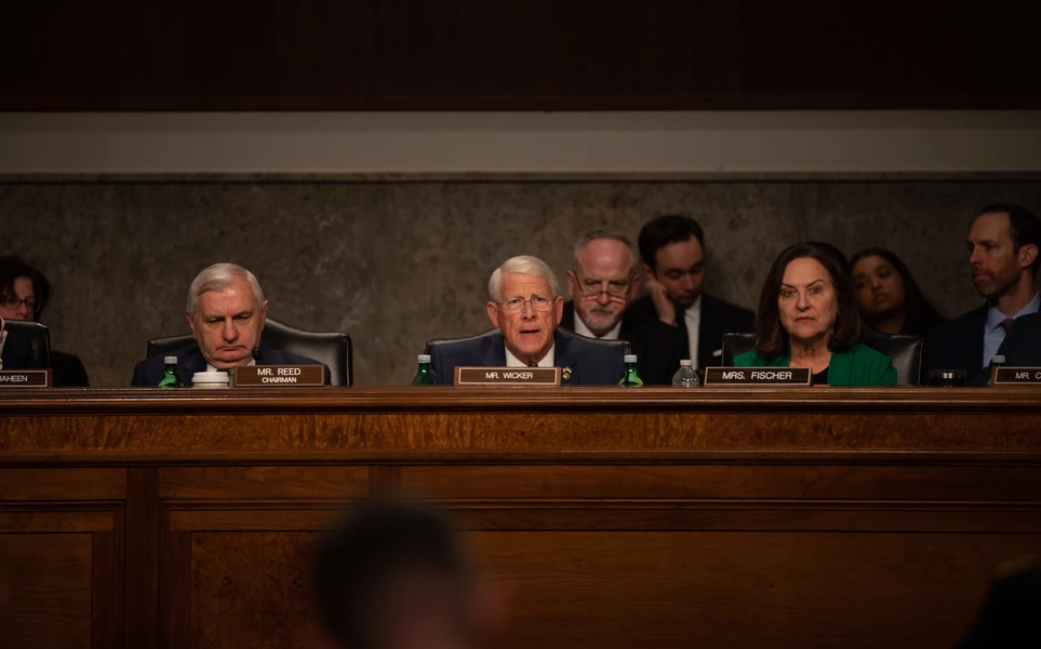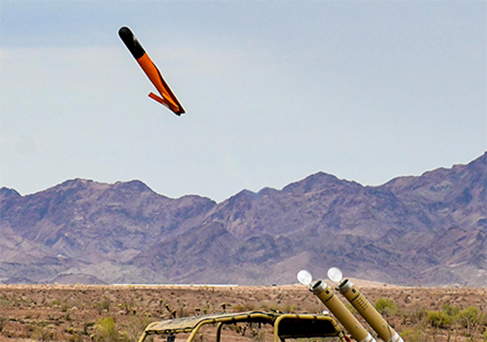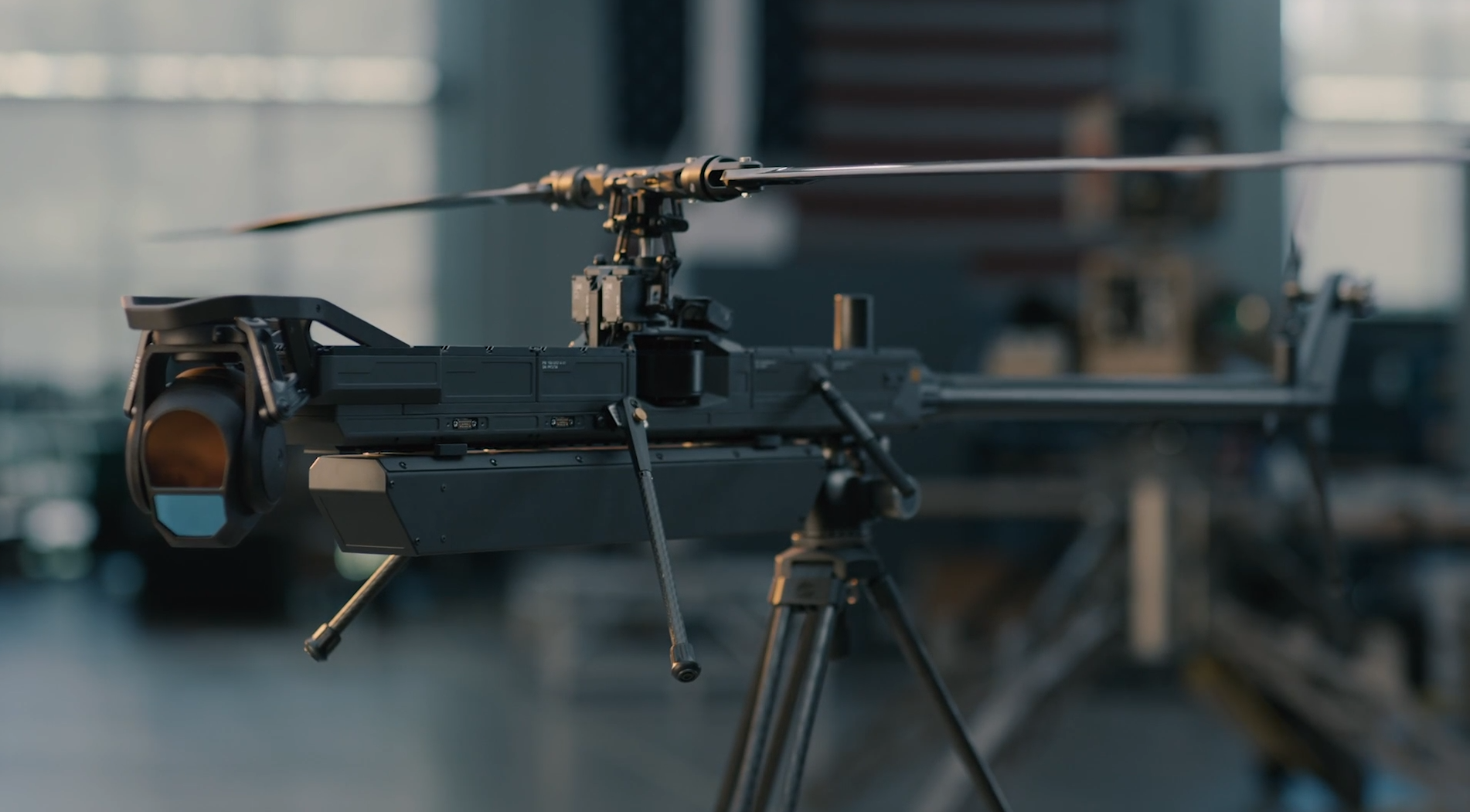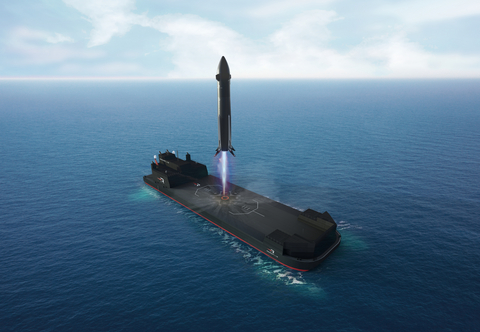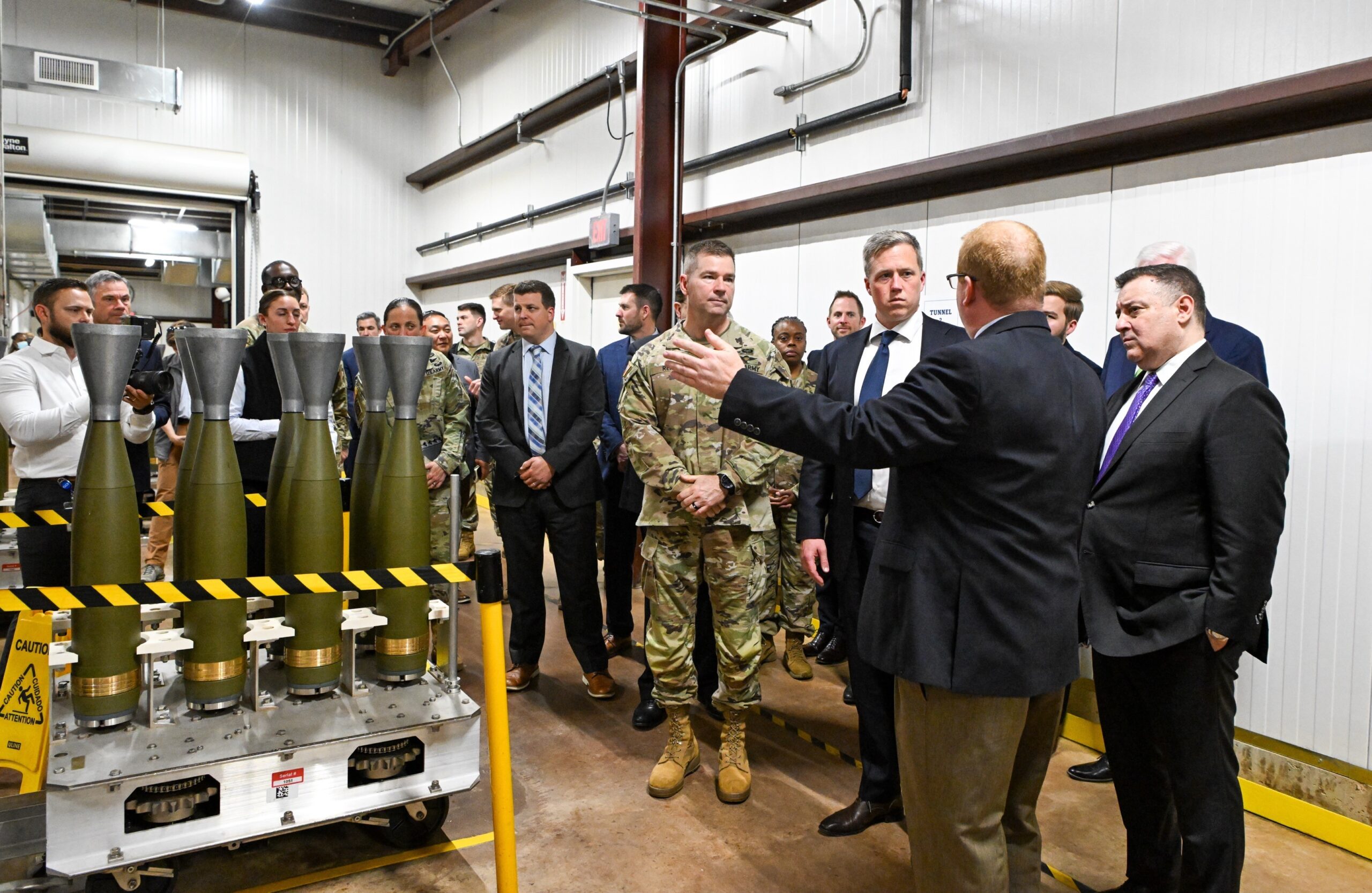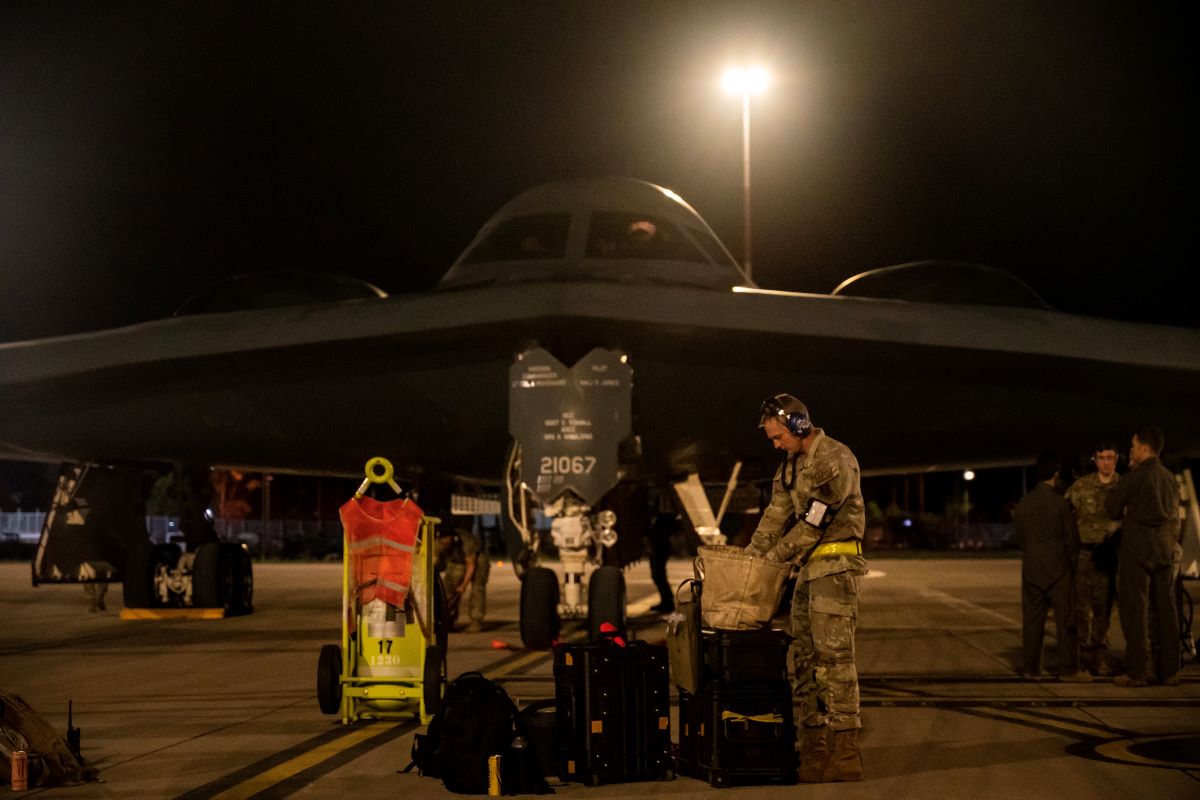The House and Senate Armed Services Committees have proposed conflicting toplines in their respective versions of the next defense policy bill, with the latter adopting a $32.1 billion boost, while both panels have made major acquisition reforms a focal point of their legislation.
“We are very optimistic that the conditions are ripe to do some real acquisition reform,” a senior congressional official told reporters. “So we’re very hopeful that [the House’s] effort, combined with what the Senate’s doing and what the administration is doing, we’ll be able to break through the cultural impasse that’s been at the department for the last 30 or so years and really make some lasting reforms to what is a broken acquisition process.”

Both panels released details of their fiscal year 2026 National Defense Authorization Act markups on Friday, which follows SASC advancing its version out of committee with a 26-1 vote on Wednesday and as HASC is set to mark up its legislation on July 15.
While HASC’s $848 billion topline largely adheres to the Trump administration’s FY ‘26 discretionary spending request for the Pentagon, SASC adopted a $32.1 billion increase to support an $878.7 billion topline for DoD in its NDAA.
SASC’s topline boost included adding about $8.5 billion for shipbuilding, $6 billion more for munitions, about “a couple billion dollars” to each of the service’s unfunded priorities lists, adding 10 additional F-35As above the administration’s request and $2 billion more for military construction, according to a senior congressional official.
While SASC has only released an executive summary so far with high-level details of its defense policy bill, a senior congressional official told Defense Daily the full bill is expected to be filed early next week.
Details on the NDAA proposals arrive after Congress last week passed the massive reconciliation bill that included $150 billion for defense, with the Trump administration including $113 billion of those funds to achieve its proposed $1 trillion FY ‘26 defense request (Defense Daily, July 3).
“We had a very late budget submission. We didn’t have a lot of details. We were writing reconciliation in the dark. And there was massive misalignment in certain places with what the administration was expecting and what we did in reconciliation. So we’re trying to backfill that and make sure that we’re filling those gaps,” a senior congressional official said of the SASC NDAA.
Sen. Roger Wicker (R-Miss.), the SASC chair, has previously pushed back on the administration’s use of reconciliation funds to reach the $1 trillion defense request, calling it a “sleight of hand” (Defense Daily, June 4).
“There are some members of the administration who thought we would be delighted with the $1 trillion [defense topline request]. That’s not the way we viewed it. We need a steady increase in terms of the baseline [budget] year after year after year to get where we need to get,” Wicker has said.
Senior congressional officials in a briefing on SASC’s NDAA markup pointed to Wicker’s Fostering Reform and Government Efficiency in Defense (FORGED) Act, which was unveiled in December and laid out a series of sweeping acquisitions reforms, as a centerpiece of the panel’s legislation (Defense Daily, Jan. 6).
“My colleagues and I have prioritized reindustrialization and the structural rebuilding of the arsenal of democracy. Accordingly, we have set forth historic reforms to modernize the Pentagon’s budgeting and acquisition operations,” Wicker said in a statement on Friday.
SASC’s summary of its NDAA notes “significant reforms” in the bill include repealing or amending more than 100 provisions “to streamline the defense acquisition process, reduce administrative complexity and remove outdated requirements, limitations and other matters” and amending the Joint Requirements Oversight Council to “refocus its mission on evaluating global trends, prioritizing joint operational problems, assessing military capabilities and integrating innovative solutions,” to include removing the JROC’s “validate” and “approve” authorities for service-level requirements.
The bill also directs a study on potentially establishing a a Joint Capabilities and Programming Board within DoD to bolster joint capability prioritization and budgeting, elevating the role of program executive officers to “portfolio acquisition executives” and granting them more authorities and directing the creation of “capstone requirements” to more flexibly move funds around for priority capability areas and create “continuous competition.”
Following the FORGED Act’s proposals to improve non-traditional defense contractors’ ability to work with the Pentagon, SASC’s NDAA includes provisions exempting some new entrants from certain defense business requirements “and requires that they be treated commercially unless a waiver is approved” (Defense Daily, Jan. 9).
On the HASC side, a senior congressional official told reporters that the NDAA incorporates the entire Streamlining Procurement for Effective Execution and Delivery (SPEED) Act proposed by Reps. Mike Rogers (R-Ala.) and Adam Smith (D-Wash.), the panel’s chair and ranking member.
Rogers and Smith have said the proposal is aimed at “blowing up the [acquisition] system” rather than making adjustments, with the official noting that the SPEED Act is “the shell” for bill “because it is the priority of the NDAA this year” (Defense Daily, June 24).
“To ensure the military services can innovate and field capabilities faster, we need to fundamentally reform the Defense Acquisition System to cut red tape and deliver capabilities to U.S. service members as quickly as possible. Acquisition programs take too long to develop, produce, and become operational,” HASC Democrats wrote in a summary of the NDAA.
“[The NDAA] reduces the complexity, cost and risk of doing business with the Department of Defense by establishing a new acquisition architecture based on five key pillars of reform: aligning acquisition to service members’ priorities and operational outcomes; accelerating the requirements process; finding a balance between the need for regulation and efficiency; strengthening the American industrial base and leveraging commercial innovation and developing a mission-oriented acquisition workforce,” the lawmakers added.
Sweeping acquisition reform proposals for the SPEED Act in the NDAA include overhauling the Joint Requirements Oversight Council, providing the military services more ability to flexibly budget around portfolio areas and establishing new offices to support more rapid decision making.
A senior Congressional official said the SPEED Act provisions in the bill aim to reform the requirements process, to include establishing a Requirements, Acquisition and Programming Integration Directorate (RAPID), so decisions can be made in about 90 days down from many months to years.
The HASC NDAA also supports the establishment of the Bridging Operational Objectives & Support for Transition (BOOST) program, which seeks to attract new entrants to work with the Pentagon by helping promising technologies “survive the Valley of Death, creating a data-as-a-service model so that the U.S. military can access the data it needs to maintain its systems and creating an Industrial Resilience Consortium to address supply chain gaps and speed up the adoption of advanced manufacturing.”
“[The NDAA] calls for the overhaul of burdensome acquisition regulations that drive up costs and cause delays by exempting smaller programs from excessive regulatory burdens and seeks to eliminate the dual layer of complex cost reporting requirements to streamline regulatory compliance while preserving financial transparency,” according to the bill summary.
A senior congressional official noted both HASC and SASC’s slight differences in acquisition reforms adopted from the two separate proposals, adding “that’s a conference issue for later.”
